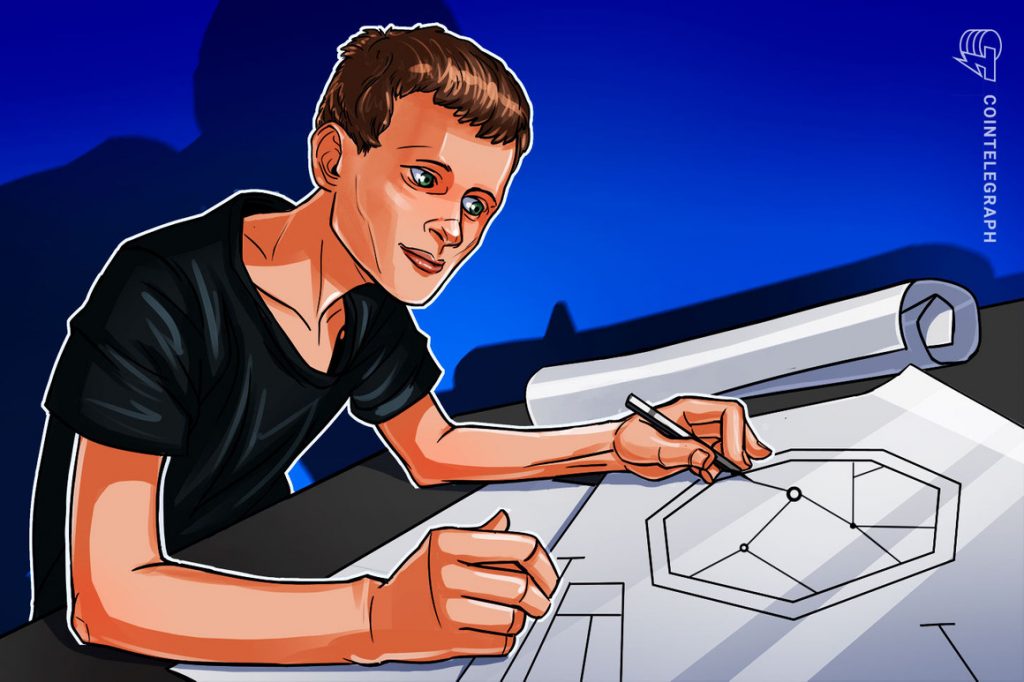L2 transaction fees need to be under 5c to be ‘truly acceptable’

Ethereum (ETH) co-founder Vitalik Buterin believes that Layer-2 transaction fees need to be under $0.05 to be “truly acceptable.”
Buterin made the latest comments in response to a Twitter post from the Bankless podcast host Ryan Sean Adams, who shared a screenshot of the average transaction fees for eight Ethereum Layer-2 platforms.
The data is from L2fees.info, a website that compares the cost of Ether’s Layer-1 network in comparison to Layer-2s built on top of it.
The only Layer-2 to meet Buterin’s desired transaction fee under $0.05 is the Metis Network at $0.02, however a token swap on the platform still costs $0.14. Fees sharply increase from there, at $0.12 per transaction on Loopring and going all the way to $1.98 per transaction on the Aztec Network.
Ethereum’s Layer-1 is relatively affordable at present at $3.26 per transaction and a whopping $16.31 per token swap, however that only lasts until Yuga Lab’s releases another collection of NFTs where fees can skyrocket to $14,000 per mint.
Adams emphasized the importance of Layer-2s for keeping Ethereum affordable, noting that “this is Ethereum and it’s not expensive,” but Buterin suggested it wasn’t there yet:
“Needs to get under $0.05 to be truly acceptable imo. But we’re definitely making great progress, and even proto-danksharding may be enough to get us there for a while!”
Needs to get under $0.05 to be truly acceptable imo. But we’re definitely making great progress, and even proto-danksharding may be enough to get us there for a while!
— vitalik.eth (@VitalikButerin) May 3, 2022
Buterin’s affordable transaction goal is a long held one that he first stated during an interview in 2017 that “the internet of money should not cost more than 5 cents per transaction.”
In January, Buterin said he still stood by this goal “100%” as part of a lengthy Twitter thread going over some of the key things he’s said or written over the past 10 years.
“That was the goal in 2017, and it’s still the goal now. It’s precisely why we’re spending so much time working on scalability” Buterin said.
Related: ETH gas price surges as Yuga Labs cashes in $300M selling Otherside NFTs
Short term gas fee reduction
The proto-danksharding or EIP-4844 that Buterin referred to as putting downward pressure on fees in his response to Adams, is a recently proposed upgrade to Ethereum that will see key elements of danksharding — a new and simplified design of previous sharding designs — implemented onto the network without any sharding upgrades being initiated.
Proto-danksharding will enable a new type of transaction dubbed the “blob-carrying transaction” that carries an extra 125KB worth of data (blob) that cannot be accessed by the Ethereum Virtual Machine (EVM). The general idea is that this will help the network scale significantly in the short term while reducing congestion and competition for gas usage, thus lowering gas fees.
“Because validators and clients still have to download full blob contents, data bandwidth in proto-danksharding is targeted to 1 MB per slot instead of the full 16 MB. However, there are nevertheless large scalability gains because this data is not competing with the gas usage of existing Ethereum transactions,” Buterin wrote in a blog post last month.
While Ethereum’s roadmap is notoriously flexible the shard chains upgrade is slated for sometime in 2023 well after the merge of the Mainnet with the Beacon Chain.
Shard chains provide avenues to horizontally and cheaply store data across the network, which in turn spreads the load, reduces congestion and increases transaction speeds. Both Ethereum and its Layer-2s are expected to benefit from this dramatically.















